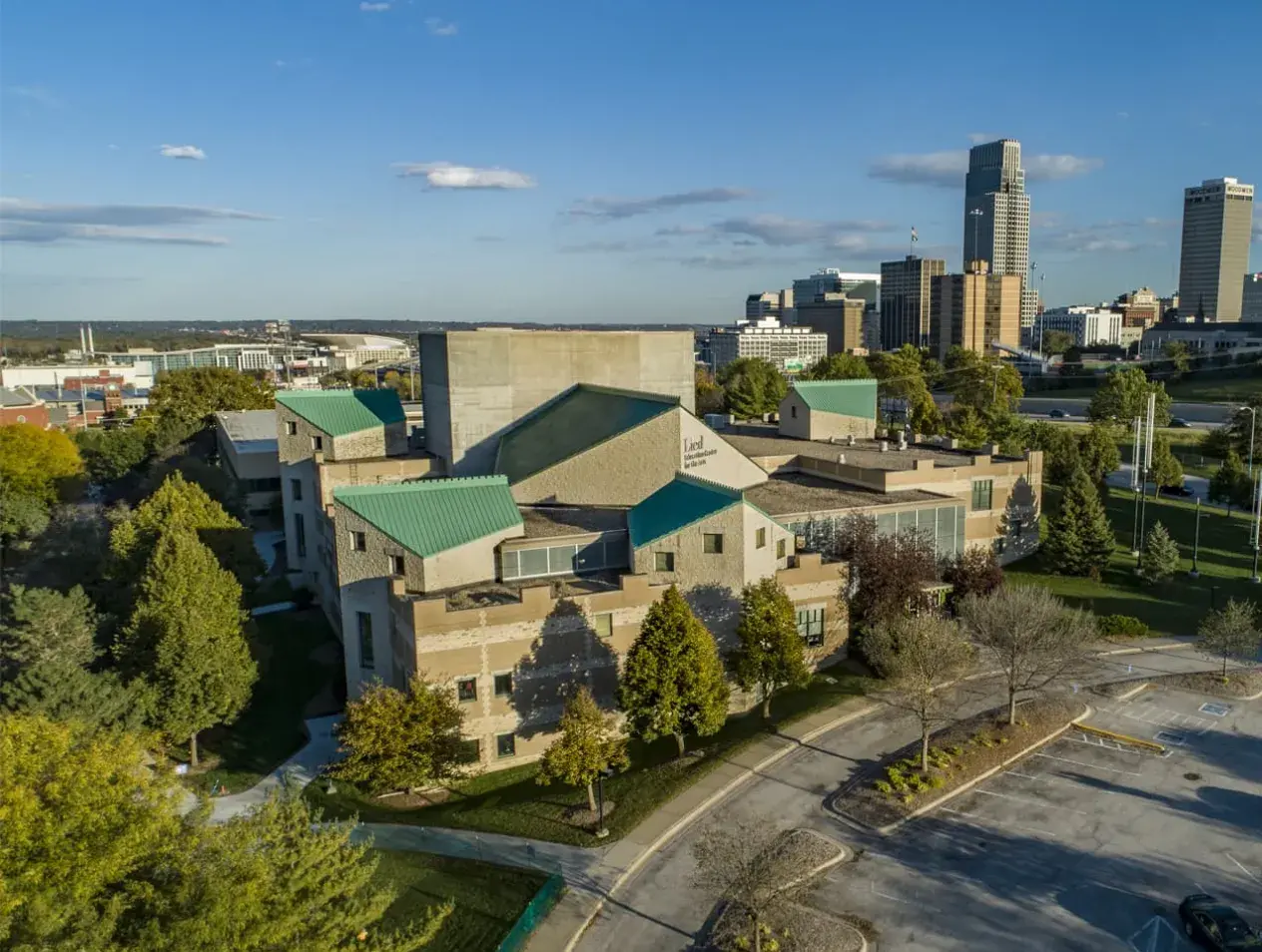
Learning Resources
Learning Resources
CANES has many resources for its students, especially those majoring or co-majoring in one of its degree programs.
The Faculty is the student's greatest resource. A very large proportion of the professors have studied abroad or led study tours in parts of the Classical World. These professors are in a unique position to help students choose programs and then to help them tailor their applications to individual programs or scholarship committees to make them more effective. In some cases professors have even sat upon selection committees and have direct knowledge of how processes function for individual programs. See the web pages under the study abroad heading for contact information and information about some of the most important programs.
The Faculty is also responsible for helping students find scholarship money and then to back them up with support. In addition, those students who choose to go on to graduate school are also beneficiaries of a faculty with broad connections to many of the top schools in Classics and Near Eastern Studies in the United States. It is worth adding that several CANES faculty have experience with High School teaching and/or connections with the local Secondary Schools, making them a valuable resource for students interested in the rewarding profession of High School Latin teaching.
For its size, CANES has an extremely strong, professionally active Faculty, and that Faculty prides itself on living up to the personal commitment to students embodied in both the Department's and the University's Mission Statements. It is the greatest resource we have to offer.
Creighton University has digital and other electronic teaching resources to put it into full competition with the best schools in the country. While not all courses offered by CANES require these resources, those that do take full advantage of them. The Department is transitioning to digital presentation of courses featuring material culture (art and archeology courses) or historical components (for the showing of maps and other didactic materials). Most of the Faculty have a web presence, and several offer appropriate courses entirely through digital presentation. This is advantageous because lectures--including images--are available to CANES students 24/7 via password-protected course web pages.
CANES is slowly amassing a substantial library of images on CD ROM, and students are able to use the digital resources to present projects. CANES is particularly fortunate to have a computer lab a few paces down the corridor with dozens of workstations available on a generous schedule. Many students take advantage of these computers to produce, or polish, papers for their classes. In addition, there are many computer programs available which offer, among other things, tutorials in the ancient languages, libraries of information and images (especially the well-known Perseus program), and bibliographies. The Reinert Memorial Library also possesses the professional-standard bibliographical reference on CD ROM, the Database of Classical Bibliography.
CANES Faculty are also contributors to leading-edge development of digital instructional technologies. Particularly exciting is the Virtual World Project, which offers a chance to explore archeological sites in the Greek and Near Eastern worlds in a variety of extraordinarily useful multimedia formats, including 3-dimensional virtual reality Quicktime movies.
The Reinert Memorial Library is well stocked for its size, with perhaps unexpectedly strong holdings in CANES-area journals. The library also boasts a very efficient interlibrary loan department. CANES has a small but growing departmental library featuring many books put at students' disposal by Faculty members. The transition to digital presentation has not removed the need for a substantial slide library, and between the Faculty members, there is a quite large bank of slide images available.
Lastly, in further aid of making the ancient world concrete and comprehensible to students, several faculty members possess a small range of archeological artifacts and didactic replicas of ancient artworks. These regularly find their way into the classroom, but are available for inspection whenever Faculty offices are open.


